Best
Beginner Oboe
Student Oboe Modified conservatory system oboe
-
Overall:
ABS resin body provides enhanced durability and a wood-like sound -
Best Feature:
Silver-plated keys are fluid and responsive -
TedScore™:
8/10
Best
Overall Oboe
-
Overall: A full conservatory key system with silver-plated keys
-
Best Feature: Stainless steel arbors and wire springs and Teflon-tipped stainless steel adjusting screws
-
TedScore™: 10/10
Best
Intermediate
Oboe
Intermediate Oboe Innovative Oboe Model
-
Overall:
Premium grenadilla body and bell -
Best Feature:
All cork keys and metal tenon joints -
TedScore™:
9/10
Have you ever thought, “Is the oboe hard to play?” Well, let me share my personal experiences of challenges and successes with this instrument!
The oboe is like the star of the woodwind family, with its sleek black shape and shiny keys. But don’t be fooled by its beauty; the double reeds hide the secrets to a complex world of sound.
When you blow into an oboe for the first time, it might feel like trying to whistle into a straw on a windy day.

It takes a lot of patience and practice, as getting one note to sound like music instead of a squawking duck is a big win.
This article will explore why this tricky instrument can be challenging and how you can eventually become an expert.
So, keep reading to uncover the secrets of the double reed and learn how to navigate the challenges of this fantastic woodwind instrument.
Playing Techniques and Challenges

When I think about playing the oboe, it strikes me as a fascinating dance of precision and poise. Managing breath and fingers is like a secret art, where each tiny movement makes a difference.
Embouchure and Breath Control
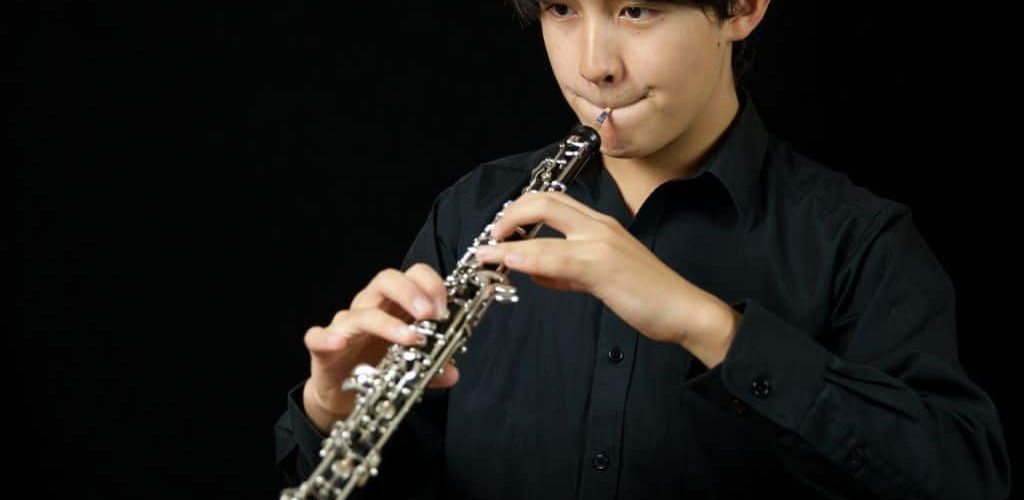
My embouchure, the way I shape my mouth and use my facial muscles, is necessary. Getting it right creates a resonant, full-bodied sound, essential for any oboist.
Breath control isn’t just huffing and puffing; it’s a delicate balance. I like to imagine breath support as a steadfast friend, steadying my tones and ensuring no single note wobbles out of place.
Finger Position and Key work
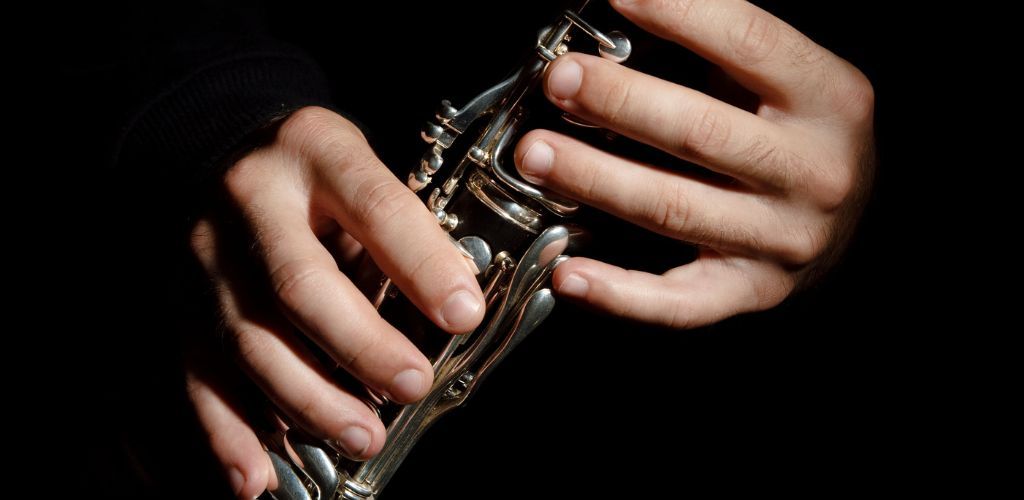
Now, onto my fingers, those nimble acrobats are dancing across the key work. The oboe’s intricate key system makes its precise location matter immeasurably.
I always keep an alternate fingerings chart handy; it’s my trusty guide through the labyrinth of keys. Each finger operates with a delicate touch and lightning-fast reflexes, aiming for effortless grace.
Practice and Improvement
When I started playing the oboe, I found that regular practice and genuine commitment were vital.
Let me walk you through some essential tips that helped me progress from a quacking novice to a more polished player.
Starting as a Beginner
Embarking on my oboe journey, I quickly realized that patience is a virtue. At first, producing a consistent sound was a challenge, but I stayed the course.
My early lessons focused on getting comfortable with the oboe embouchure, which is how I needed to shape my mouth and use my facial muscles. Regular, short practice sessions were much more effective than fewer, longer ones; they kept me from getting overwhelmed.
Improving Tone and Intonation
As I became more acquainted with my oboe, I refined my tone. Playing scales became my daily bread—they are the ABCs of music and pivotal for honing intonation.
Lessons on breath control and support proved crucial; my ultimate goal was to sustain a note with a rich, full tone.
Over time, I began incorporating exercises like playing long tones and using a tuner to ensure my pitch was spot on.
Maintenance and Care
I can’t emphasize enough that looking after my oboe is as important as playing it.
Changes in temperature and humidity are big no-nos for the delicate wood of my instrument. I make it a habit to soak my reeds properly—this little step makes a huge difference!
Adjusting my reeds to suit the day’s weather conditions has saved me from many an off-key disaster. Plus, a well-cared-for oboe makes those practice sessions just that bit more delightful.
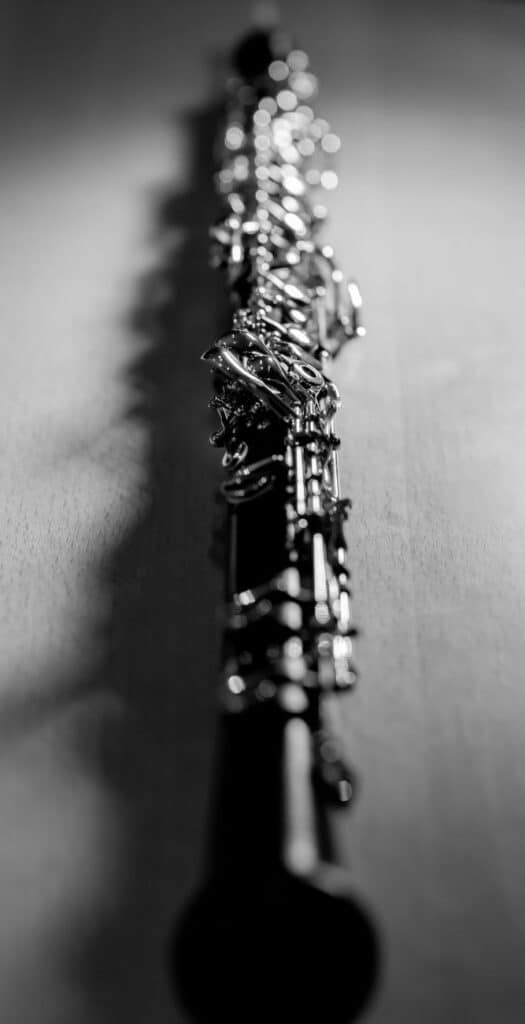
Performing with the Oboe
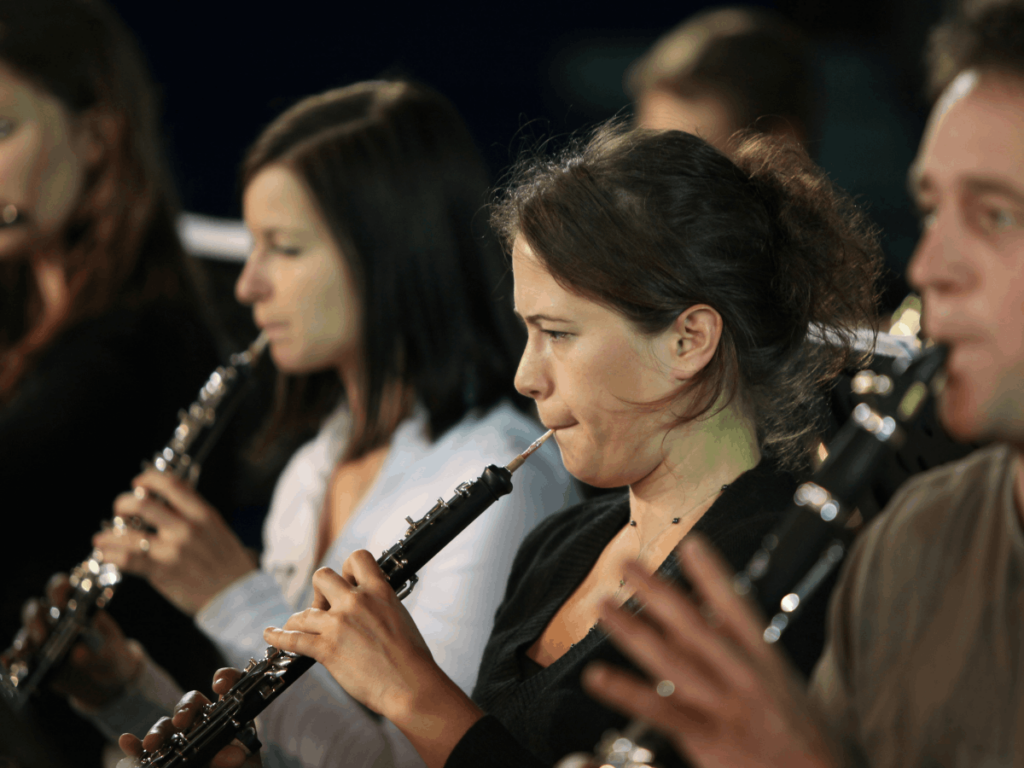
When I step onto the stage, oboe in hand, there’s a unique blend of excitement and challenge that beckons.
Solo performances and orchestral settings each demand an exceptional level of skill and presence that can only come from rigorous practice and a profound love for this intricate instrument.
Solo and Orchestral Playing
In a solo setting, the oboe sings with a tender and penetrating voice. Breathtaking pieces like Ravel’s Le Tombeau de Couperin offer a canvas for oboists to showcase their artistry and technical prowess.

Playing the oboe in a school band can be a rewarding experience, allowing collaboration with other wind instruments and creating harmonious music together.
Solo performance is a dance of sorts, with each note choreographed to convey emotion and story without a single misstep.
The oboe sounds can add depth and character to the ensemble, contributing to the band’s musical expression.
In an orchestra, I often find myself as the linchpin, providing key melodic lines that other sections weave their parts around.
The entire orchestra feels like an organism, and as an oboist, it’s thrilling to lead a passage and feel the rest of the ensemble surge in response.
Within these groups, the oboe takes on a collaborative role, harmonizing with strings, flirting with the brass, and conversing with the woodwinds.

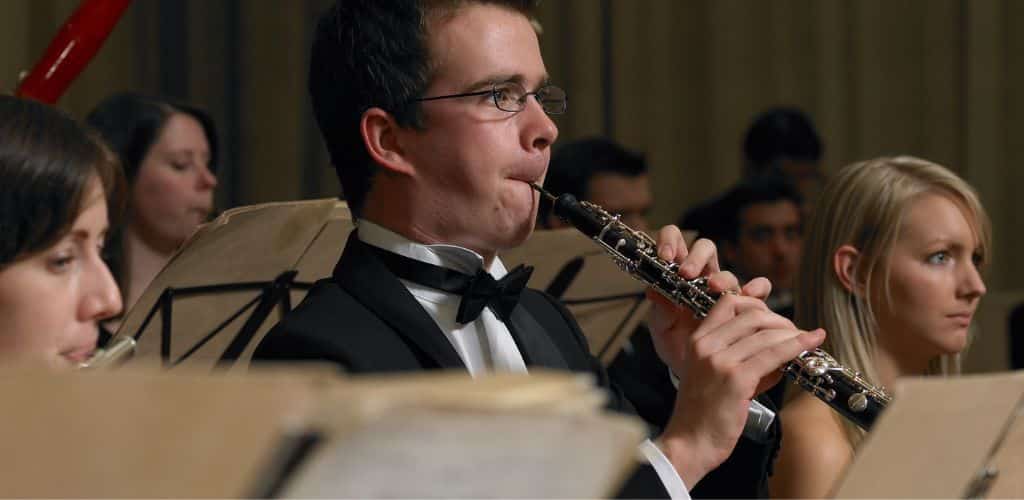
Understanding the Oboe
I’ve always found the intricacies of the oboe quite fascinating. Let me guide you through the basics, compare it to the clarinet, and underscore the significance of its reeds.
Basics of the Oboe

It sports a slender tube with numerous keys, which can be somewhat daunting at first glance. The instrument uses a double reed, which, believe me, gives it its distinct voice.
Unlike single-reed instruments, the oboe requires a particular embouchure that involves both reeds vibrating against each other.
Oboe vs Clarinet

Now, how does the oboe compare to the clarinet? They’re both members of the woodwind family, but they’re like distant cousins with different quirks.
The oboe is a double-reed instrument, which gives it a richer, more penetrating sound. In contrast, with its single reed, the clarinet offers a lighter and typically brighter tone.
My fingers navigate differently on both: the oboe’s key system can be more complex, demanding precise fingering and breath control.
Oboe Reeds and Their Importance
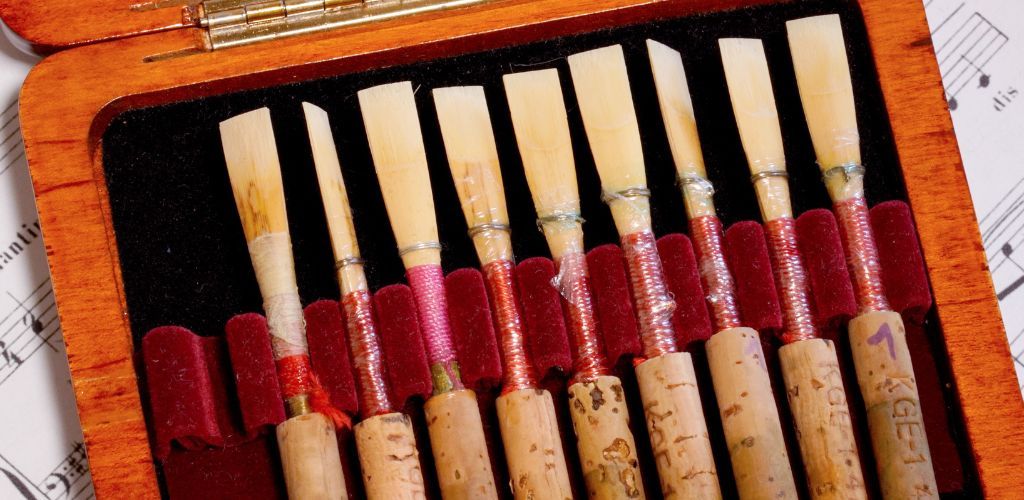
I consider my own reeds as the tiny powerhouses of sound. Crafting these double-reeds is an art in itself, and they can make or break my performance.
Their importance is paramount, as even the slightest variation can affect the oboe’s intonation and sound color. Playing with a good reed can be the difference between sounding like a pro or a struggling novice.
Oboe Brands Recommendation
Fox Tristan
The Fox Tristan English horn is a professional-grade instrument made of select maple and finished like a professional bassoon. It is renowned for its depth and resonance, offering a rich and expressive sound.
Fox Tristan Model 580 Professional English Horn with Full Conservatory System
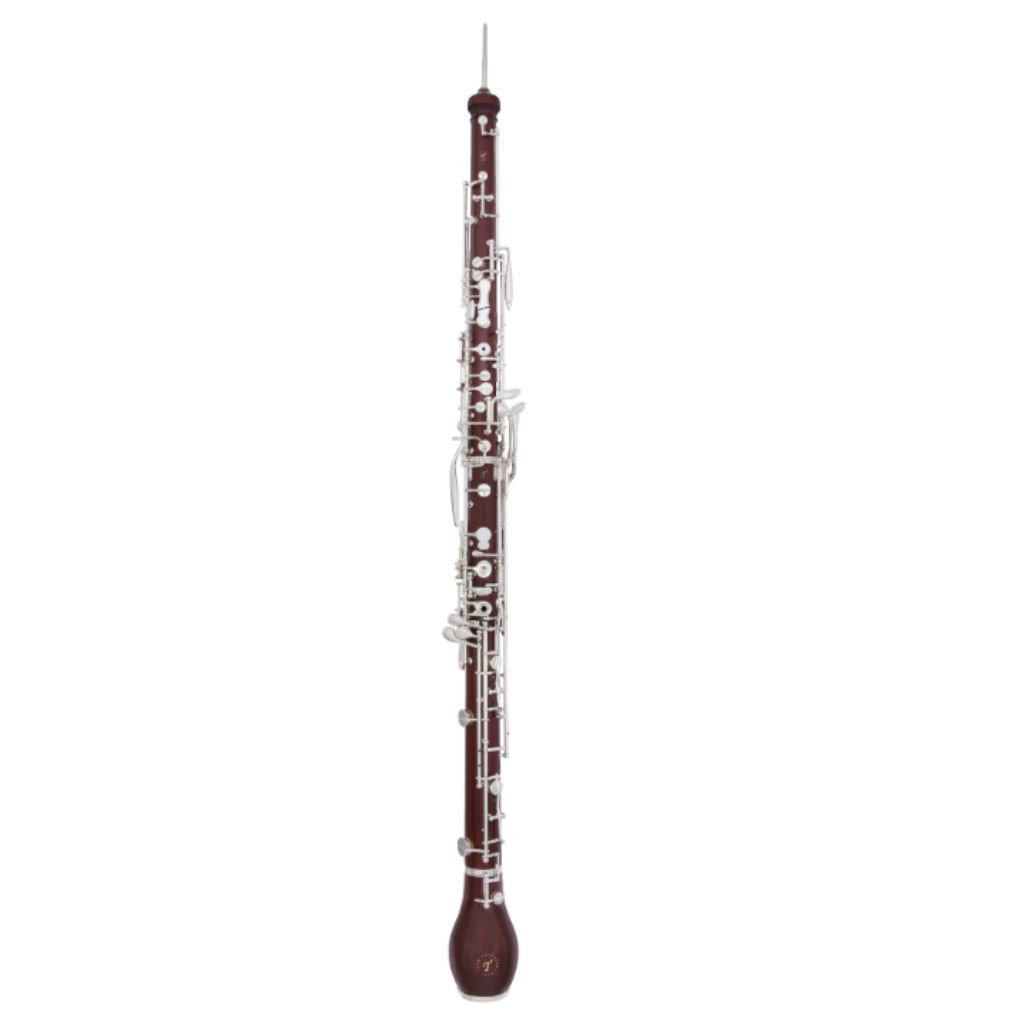
FEATURES: A full conservatory key system with silver-plated keys
OTHER INFO: Stainless steel arbors and wire springs and Teflon-tipped stainless steel adjusting screws
- Comes with a professional-quality case, two XL bocals, aluminum tenon caps, a 3-reed case, silk swab, screwdriver, and cork grease
- None
When you click ‘Check Price’, you’ll see there are loads of great places to buy this item. Our personal favorite is Sweetwater for the US, and Thomann and Gear4Music for the UK & Europe.
They are the largest music retailers, with excellent customer service, competitive prices, really fast shipping, and the longest guarantees.
The professional musician who wrote this article combined many things,
from the product build, manufacturer’s reputation through to feedback
from other users, to create our famous TedScore™.
Yamaha
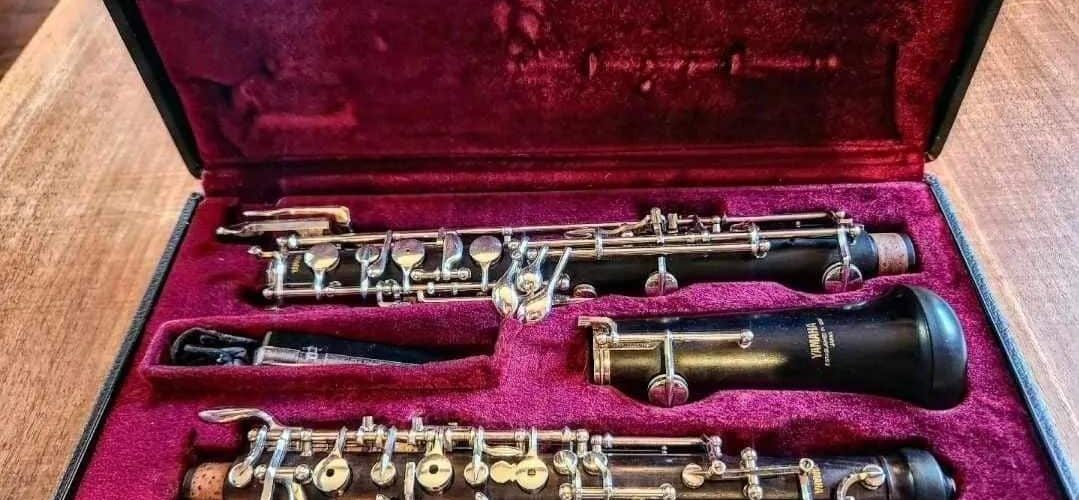
The Yamaha oboe, known for its high-quality craftsmanship and precision, offers a clear sound quality and superb intonation.
Yamaha oboes are designed to focus on stability and accuracy in the bore, making them a popular choice among musicians for their reliable performance and exceptional sound.
Yamaha YOB-441IIT Intermediate Oboe

FEATURES: Premium grenadilla body and bell
OTHER INFO: All cork keys and metal tenon joints
- Includes a Yamaha OBC-430II case and OBB-430II cover
- It is priced higher compared to some other intermediate oboe models
When you click ‘Check Price’, you’ll see there are loads of great places to buy this item. Our personal favorite is Sweetwater for the US, and Thomann and Gear4Music for the UK & Europe.
They are the largest music retailers, with excellent customer service, competitive prices, really fast shipping, and the longest guarantees.
The professional musician who wrote this article combined many things,
from the product build, manufacturer’s reputation through to feedback
from other users, to create our famous TedScore™.
Jupiter
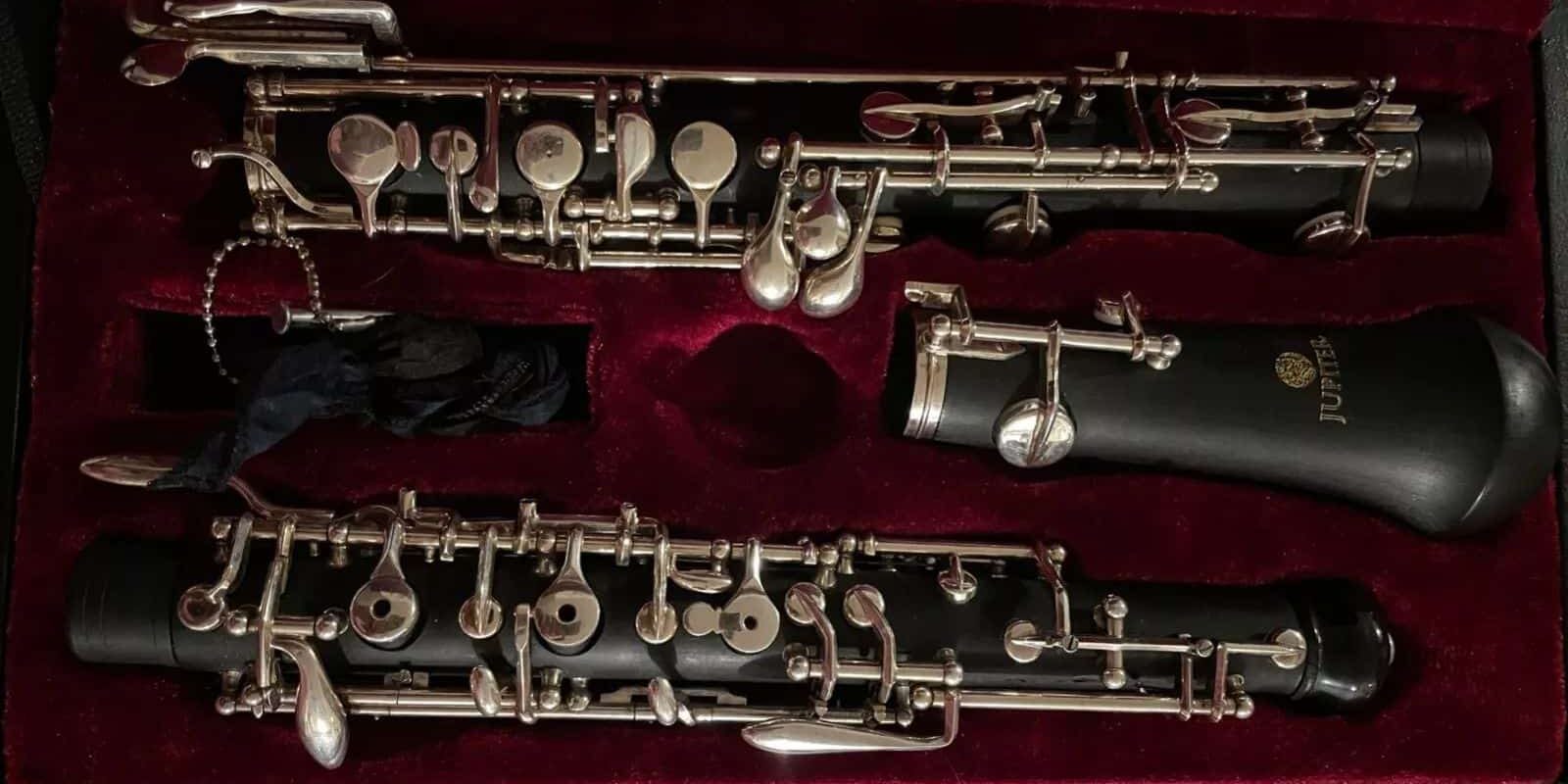
Jupiter oboes are recognized for their durable construction and responsive playability, making them popular for students and advancing players.
Jupiter JOB1000 Student Oboe Modified Conservatory System
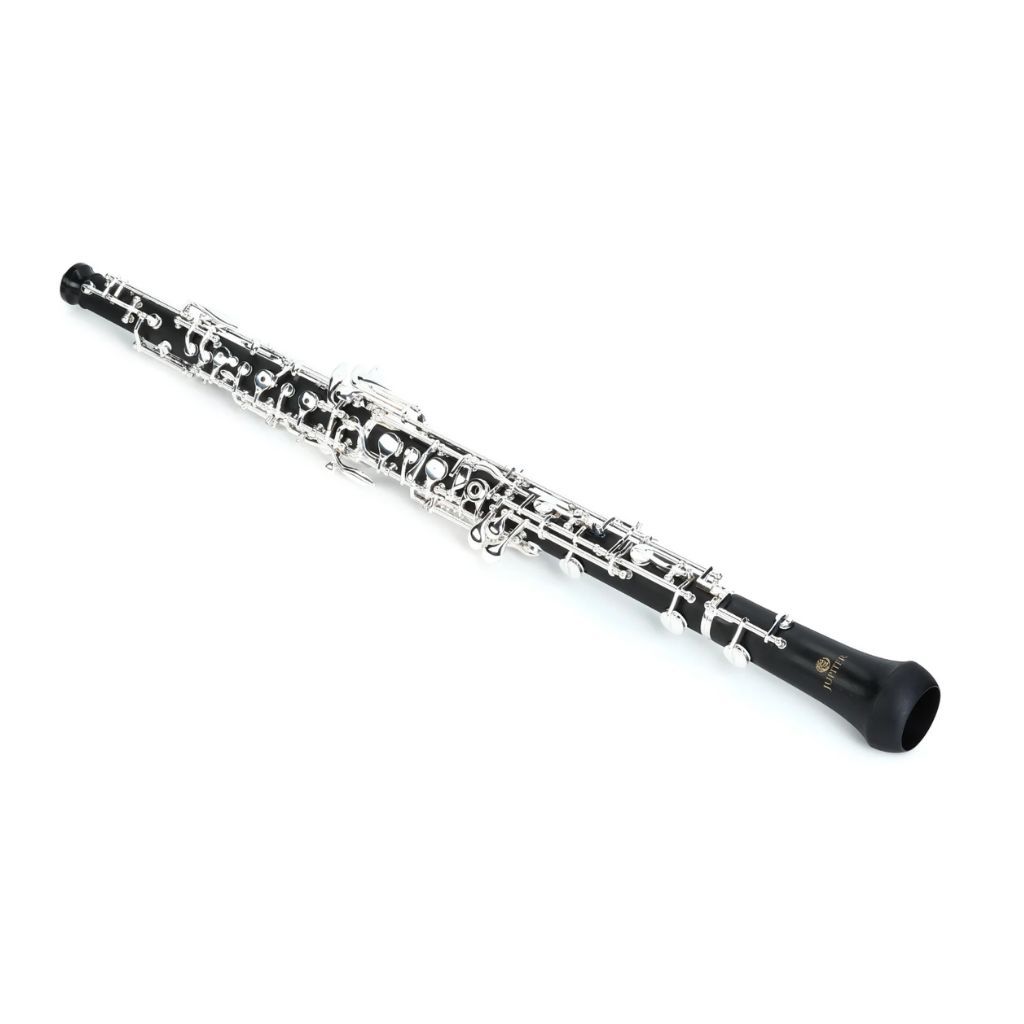
FEATURES: ABS resin body provides enhanced durability and a wood-like sound
OTHER INFO: Silver-plated keys are fluid and responsive
- Includes a lightweight ABS molded carrying case
- Modified conservatory system limiting in terms of key work customization and flexibility
When you click ‘Check Price’, you’ll see there are loads of great places to buy this item. Our personal favorite is Sweetwater for the US, and Thomann and Gear4Music for the UK & Europe.
They are the largest music retailers, with excellent customer service, competitive prices, really fast shipping, and the longest guarantees.
The professional musician who wrote this article combined many things,
from the product build, manufacturer’s reputation through to feedback
from other users, to create our famous TedScore™.
Is the Oboe hard to play:
A Recap
Learning to play the oboe is indeed a challenge. Each practice session, I discover new subtleties that enhance my appreciation for this sophisticated instrument.
Maintaining a strong and consistent tone requires patience, but the oboe’s rich voice is simply enchanting once mastered. I’ve had my fair share of wrestling with reed adjustments—trust me, it’s a craft in its own right!
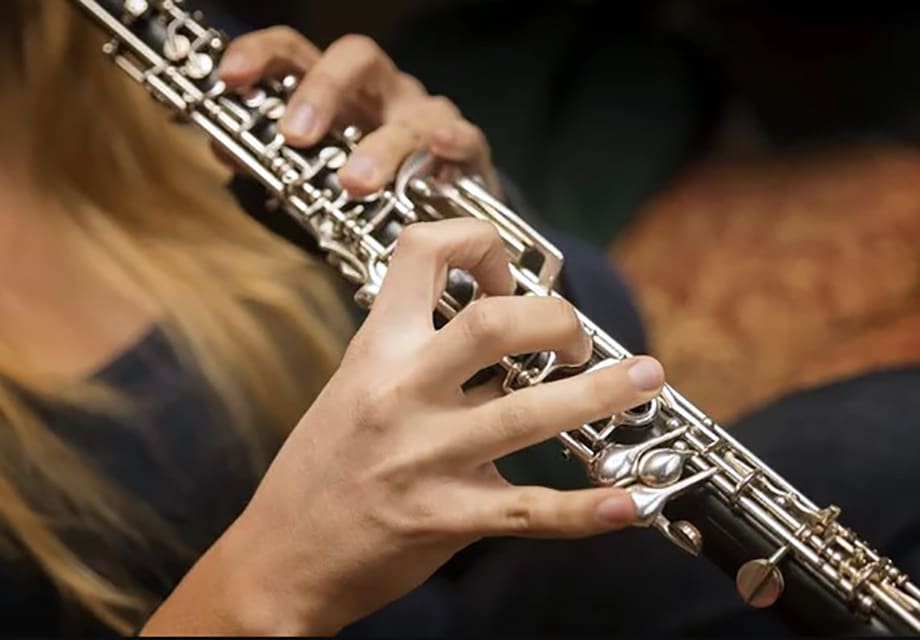
However, mastering this aspect leads to a more personalized sound and a worthwhile journey.
Plus, let’s remember the joy of tuning! The oboe’s sensitivity to temperature and humidity adds an extra layer to its personality.
Despite the steep learning curve, the oboe has given me immense satisfaction and a deep sense of achievement. My musical journey has been richer for it, and if you’re up for the challenge, yours could be too!
Before you go…
Discover valuable insights into choosing the best beginner oboe in this comprehensive article.
FAQ's
The oboe can be challenging to play due to its unique double reed, which requires precise embouchure and breath control to produce a clear and consistent sound. Also, mastering the instrument’s fingerings and achieving proper intonation can be challenging for beginners.
The time it takes to learn the oboe can vary depending on practice consistency, individual learning pace, and musical goals. It may take several years of dedicated practice and instruction to achieve proficiency on the instrument. Regular training and guidance from a skilled instructor can significantly impact learning.
Both the oboe and clarinet present unique challenges. The oboe can be more challenging due to its double reed, which requires precise embouchure and breath control. Conversely, the clarinet may be challenging due to its complex fingerings and embouchure demands. Ultimately, the level of difficulty can vary based on individual preferences, strengths, and learning styles.
The oboe is often considered one of the more challenging among the other woodwind instruments due to its unique double reed and technical demands. However, the level of difficulty can vary based on individual aptitude, dedication, and specific musical goals.











While the article suggests a straightforward transition from clarinet to oboe, I’d argue the embouchure adjustment is quite underestimated. The reed difference alone poses significant challenges. It would be interesting to delve deeper into the specific embouchure techniques for oboists transitioning from clarinet. Does anyone have personal experiences they’d like to share?
Really appreciate the shoutout to Jupiter oboes! They’re great for student musicians and often overlooked.
oboes look cool but can they do drum solos tho? 😉
Your comparison between the oboe and clarinet is interesting, but I believe you’ve overlooked some of the subtler distinctions in embouchure between the two instruments. Could you delve deeper into how exactly the oboe’s double reed affects sound production as compared to the single reed of a clarinet?
Great point, ClarinetCritic. The double reed not only produces a different tone but also requires more nuanced breath control and embouchure adjustment. It’d be great to see a more detailed comparison.
Fascinating distinctions between the oboe and clarinet. I’ve always admired the unique sound of the oboe in orchestral compositions. The information on reeds was particularly enlightening. Thanks for sharing.
Not at all, JennyB. It’s never too late to start learning an instrument. The oboe is challenging but rewarding.
Do you think it’s too late for someone in high school to start with the oboe?
Loved the part about finger position, it really helped me out! Thanks for the tips!
hey Katie Bennington, i gotta ask, how hard is the embouchure for oboe? I play clarinet and wanna try something new. is it like super hard to switch?
Hey Katie, I’m interested in starting with the oboe but kinda worried it might be too challenging. How tough would you say it is for a total newbie? Is breath control as hard as people make it out to be?
EllieMae, starting any instrument can be challenging but with the right guidance, you’ll get the hang of it. And yes, breath control is crucial but entirely manageable!